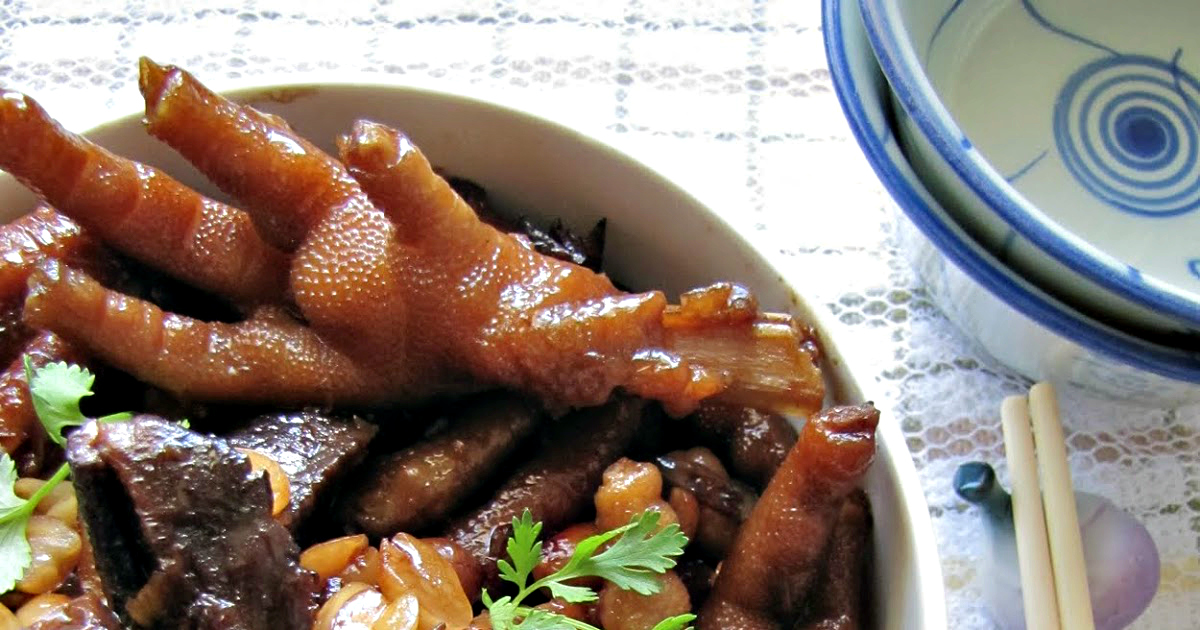Chicken feet, also known as chicken claws or chicken paws, have been a topic of controversy and curiosity when it comes to culinary traditions. They are considered a delicacy in many cuisines, especially in Asian countries like China, Vietnam, and the Philippines. However, there are also several myths and misconceptions surrounding the consumption of chicken feet. In this article, we will explore these myths and separate fact from fiction.
Myth 1: Chicken feet are unhealthy to eat
One common myth is that chicken feet are unhealthy to eat. Some people believe that consuming chicken feet can lead to health issues such as high cholesterol levels or even food poisoning. However, this myth is not supported by scientific evidence.
Chicken feet, like other parts of the chicken, contain essential nutrients such as protein, collagen, and calcium. The collagen in chicken feet is beneficial for joint health and can promote healthy hair and skin. It’s important to note that the nutritional value of chicken feet may vary depending on the cooking method and preparation.
Myth 2: Chicken feet are primarily made of cartilage
Another myth is that chicken feet are mostly composed of cartilage, making them less desirable for consumption. While it is true that chicken feet contain cartilage, it is not the only component. They also consist of skin, tendons, and bones.
When cooked properly, the cartilage in chicken feet softens and becomes gelatinous, adding a unique texture to dishes. The gelatin can be beneficial in improving the texture of sauces, soups, and stews.
Myth 3: Eating chicken feet is only a cultural tradition
Some people believe that eating chicken feet is solely a cultural tradition, and the practice has no real benefits. While it is true that chicken feet are commonly consumed in certain cultures, they can also provide culinary advantages.
Due to their high collagen content, chicken feet can be used to create rich and flavorful stocks, broths, and sauces. The gelatinous texture adds a unique mouthfeel to dishes, enhancing the overall dining experience.
Myth 4: Chicken feet are difficult to cook
There is a misconception that preparing chicken feet is a complicated and time-consuming process. However, with the right techniques, cooking chicken feet can be quite straightforward.
To prepare chicken feet, they are typically cleaned, blanched, and simmered in a flavorful broth or sauce. The cooking time may vary, but with patience and attention to detail, delicious chicken feet dishes can be created.
Myth 5: Chicken feet are a waste product
Some people consider chicken feet as waste products or by-products that have no value. However, this is far from the truth. In many cultures, chicken feet are highly valued and sought after for their taste and culinary versatility.
From dim sum dishes to spicy stews, chicken feet have found their place in various cuisines across the globe. They are not simply discarded; instead, they are recognized for the unique flavors and textures they bring to culinary creations.
In conclusion, the myth that chicken feet are unhealthy, primarily cartilage, or solely a cultural tradition is not accurate. Chicken feet can be a nutritious and tasty addition to a meal when cooked properly. They provide essential nutrients, offer culinary benefits, and are highly valued in many cultures. So, the next time you come across chicken feet on a menu, consider giving them a try and experience the flavors and textures they have to offer.




